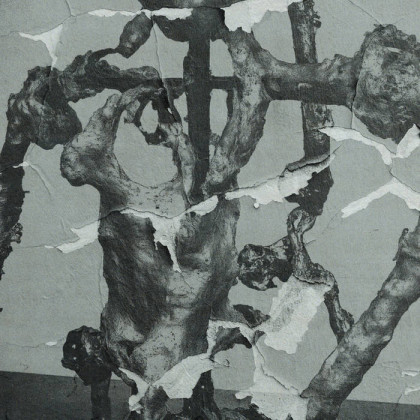Diskurzivni program RKHV: Black Metal Theory Symposium - II. dan, 1. del
Ondřej Daniel - I am Satan. I am Lucifer. I am [the] Devil.”: Ecstatic practices of Czech and Slovak black metal
This paper aims to discuss the ecstatic practices of black metal (BM) performances. In many ways, these performances are similar to religious mystical experiences. Making sense of them thus requires considering social cohesion and identifying liminal spaces and practices. As practices that simultaneously involve body and soul, individual and collective action, internal experience and outward displays, as well as the widening and narrowing of consciousness, these rites are sometimes explicitly, but more often implicitly, taken to be mystical experiences. The first BM bands started praising social provocation based on occult references in the early 1980s. Bands formed later started taking provocation literally and in the early 1990s, there were episodes of sectarian violence documented. Around 2010, BM re-emerged in new forms and started being appropriated by the lifestyle-driven culture of young urban professionals. The BM performances can be described through specific body practices and are confined to particular places, linking the genre to a wider pool of extreme music genres. At the core of this paper lies an analysis of practices observed and recorded in several BM fanzines and bands after the fall of state socialism in former Czechoslovakia.
Ondřej Daniel earned his PhD from the Institute of World History (Faculty of Arts) at Charles University in Prague in 2012, having specialised in post-socialism, nationalism, migration and popular culture. He has published over 25 academic articles and book chapters in Czech, English, French and Polish.
Yiren Zhao - The Chinese Identity in the Chinese Black Metal
With the trend of globalization and opening-up of China in the late 1980s, black metal emerged in China in the late 1990s and became fully established as a genre around 2000. Western black metal, especially Nordic black metal, has always been seen as the orthodoxy and origin. In the process of localization, Chinese black metal has been looking for its own subjective consciousness and even constructed a Chinese genre - Chinese agriculture metal (see Wang, 2018). To establish the Chinese identity, Chinese black metal has tried to employ local and traditional instruments and melodies, to feature Chinese sense and express in Chinese lyrics with the arousal of native consciousness. Meanwhile, it has also attempted to thoroughly explore the ideology of China, in order to define a specific identity and gain aesthetic recognition in the context of cosmopolitanism and globalization. On this basis, this paper wants to establish a mechanism of identity-aesthetic by which the Chinese black metal has made attempts to create a new identity both locally and internationally. The paper tries to answer two questions: what is at the core of Chinese identity, and how does Chinese black metal construct the Chinese identity at the textual, symbolic and ideological levels. By doing so, this study can fill in the ethnographic study of Chinese black metal and provide clues to the theoretical and practical development of the global study of black metal.
Yiren Zhao is a Doctoral Candidate at School of Music, Theatre and Art, Örebro University, Sweden.










Dodaj komentar
Komentiraj